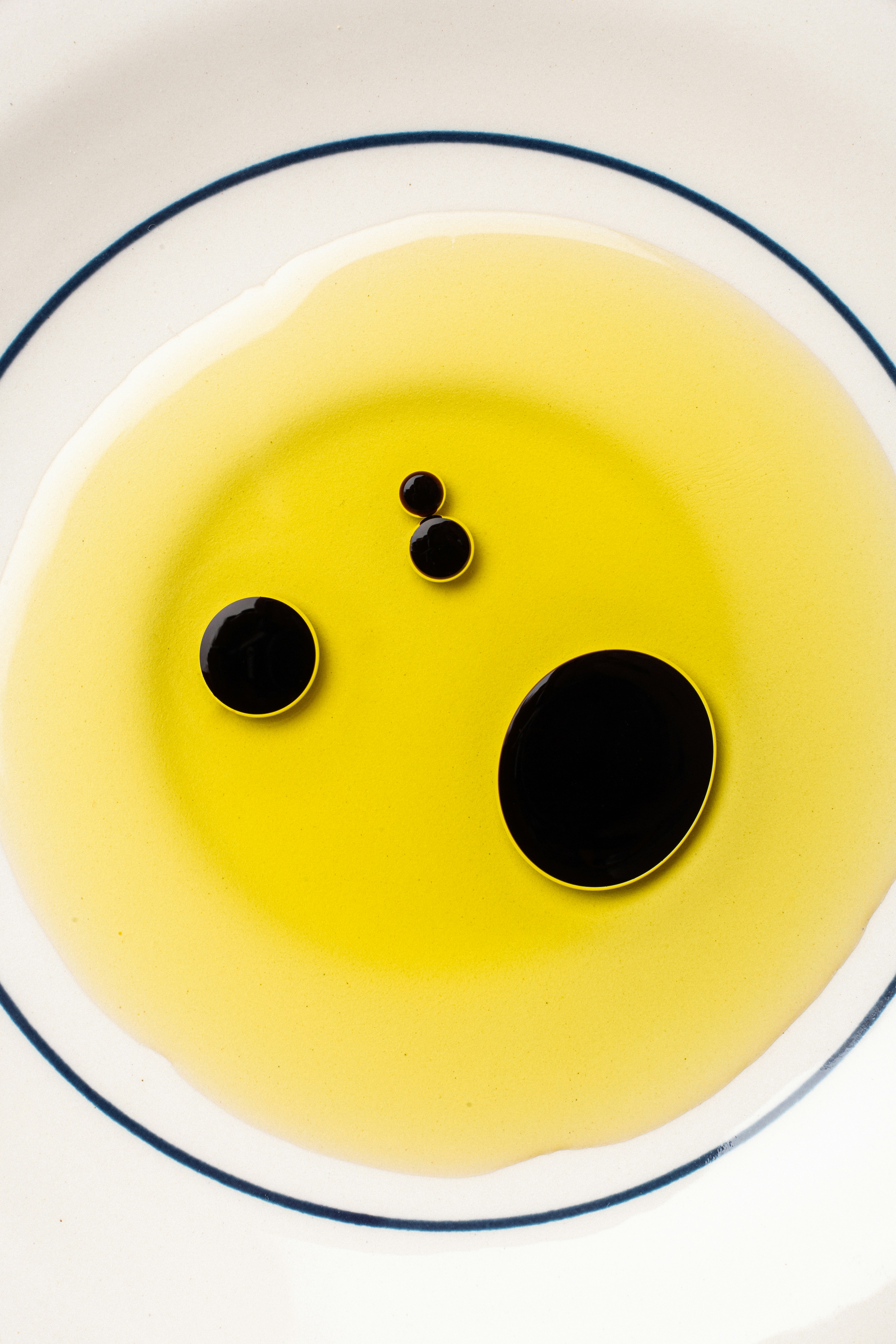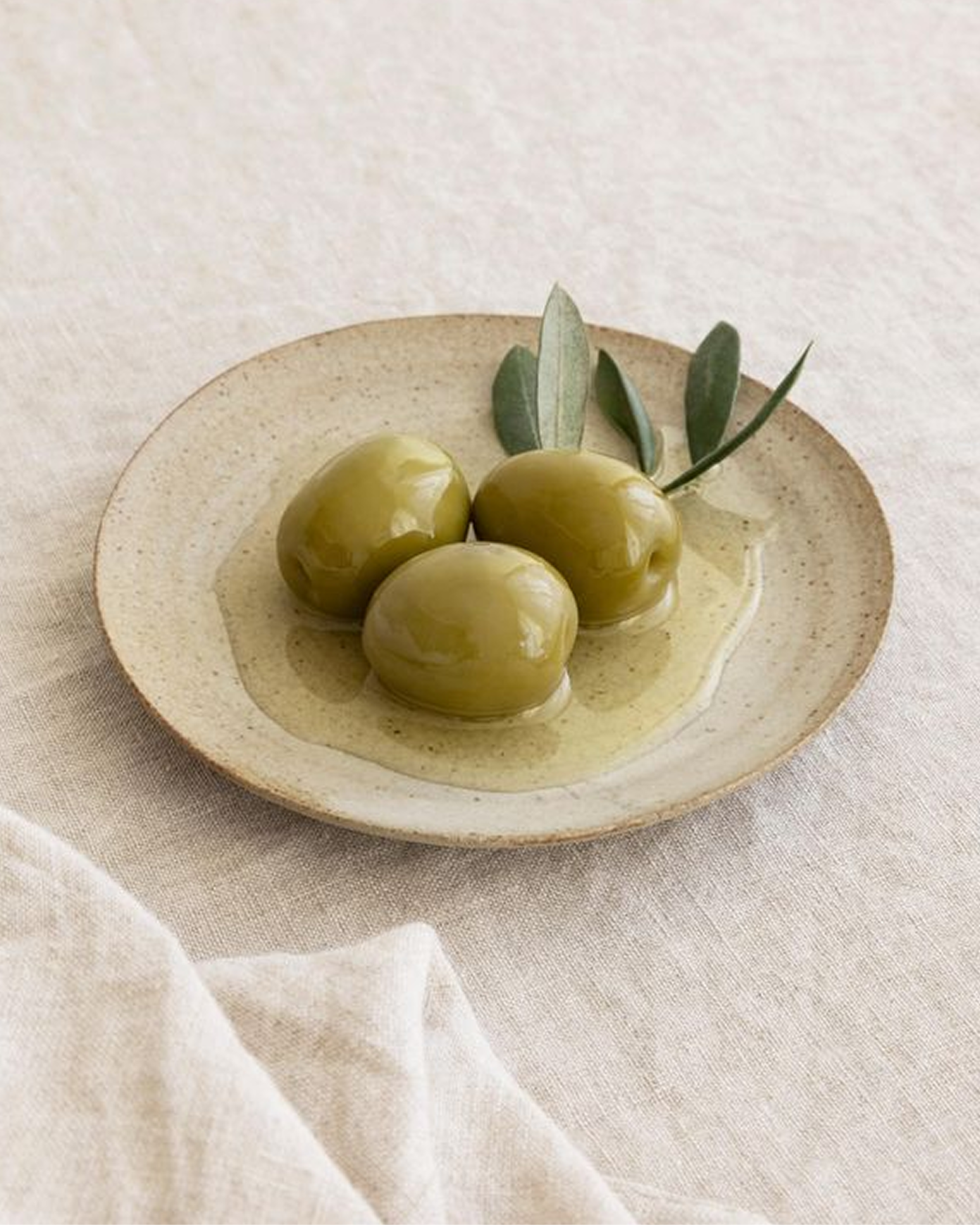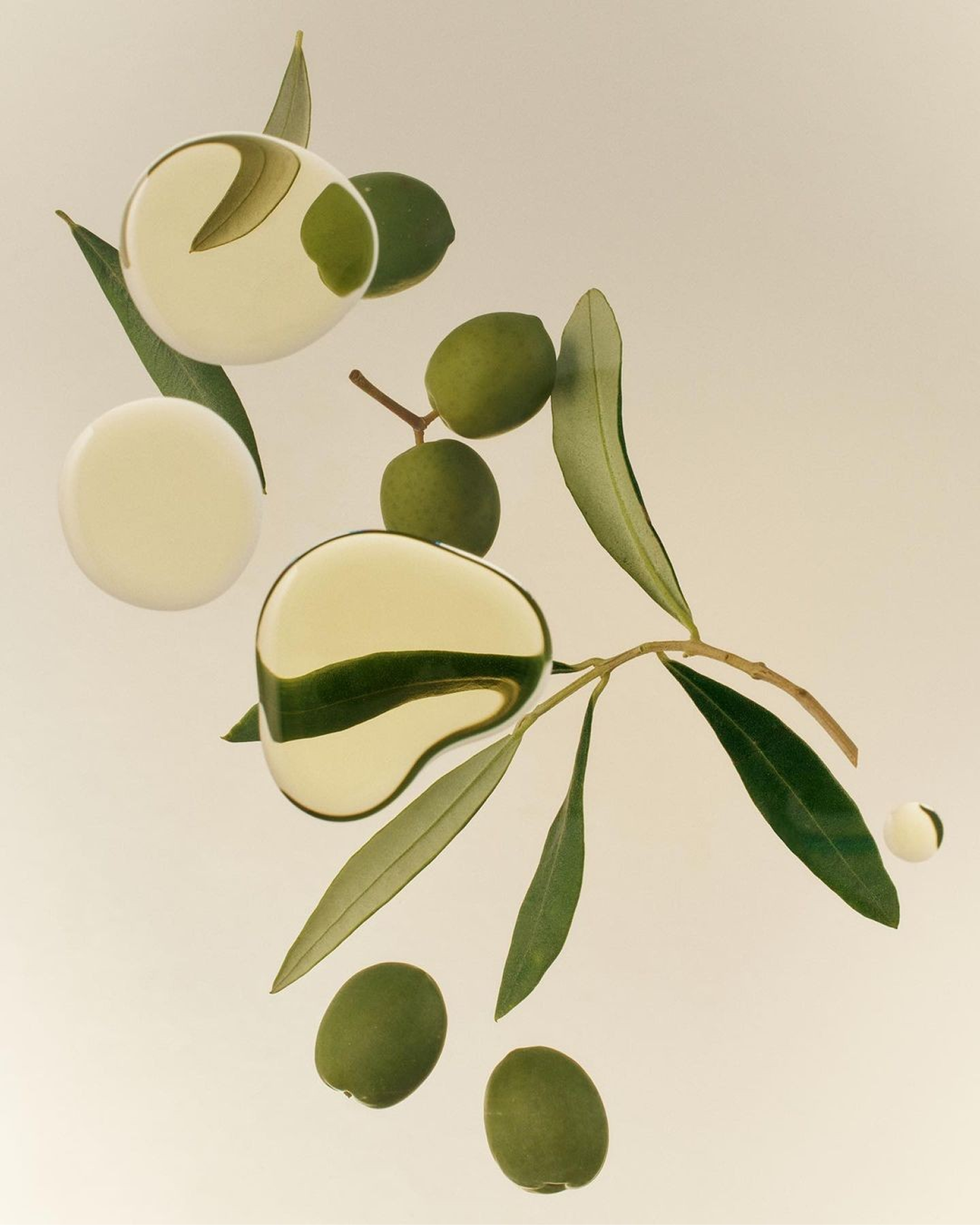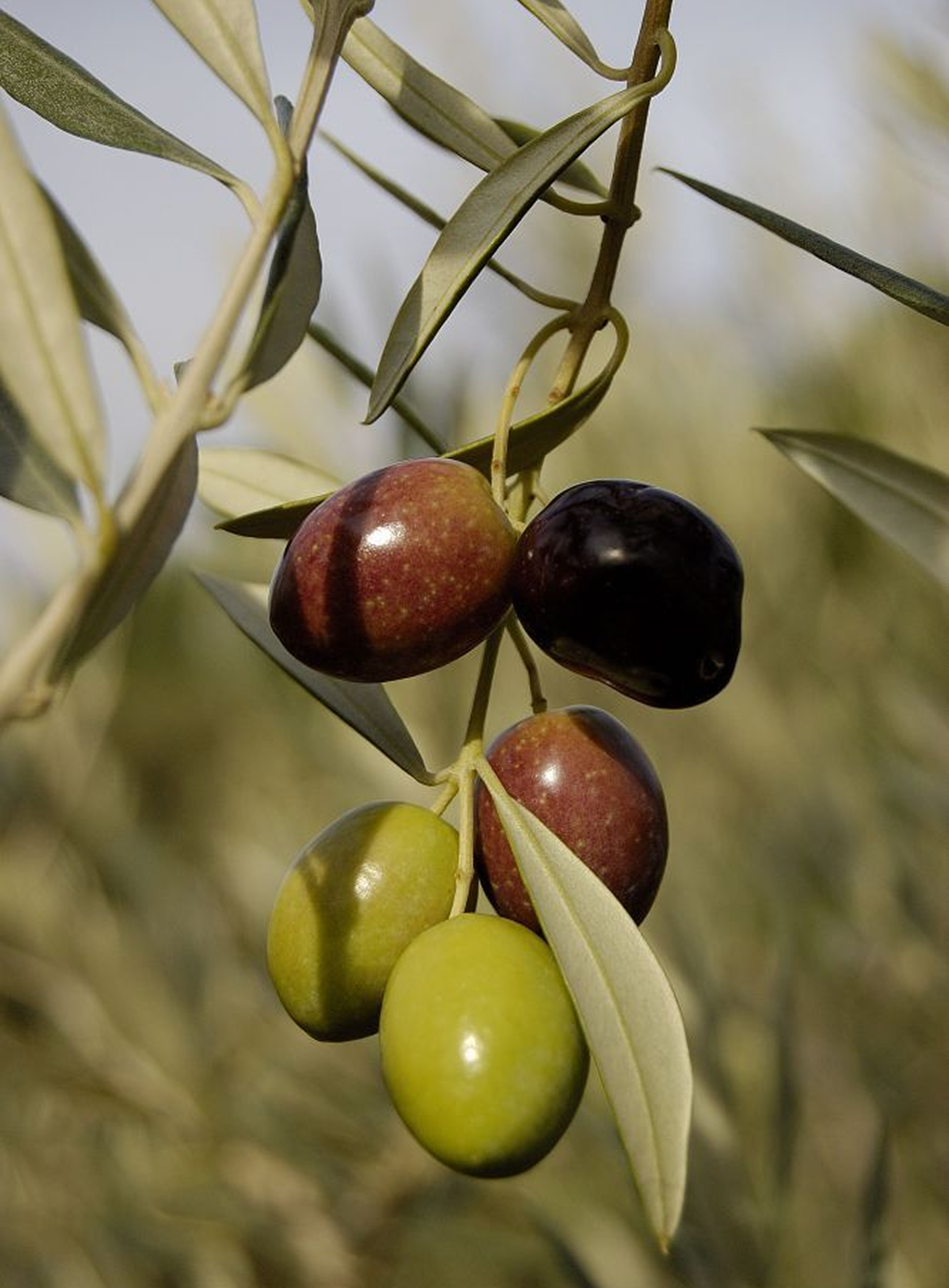
Learning About The Living Craft of Olive Oil
Pressed by Time: The Living Craft of Olive Oil
In the quiet groves of Southern Europe, time doesn’t rush as the harvest moves with the seasons, not the clock. In places like Andalusia, Puglia, and Crete, small producers still make olive oil the old way: olives picked by hand, crushed by stone, and pressed with care. The process of making olive oil has transformed it into a cultural legacy. As today’s modern world focuses on speed and scale, this slow, grounded craft offers something different: a taste of tradition, rooted in patience and place.
Andalusia, Spain: Among the Ancients
Spain is the world’s largest producer of olive oil, and within its sun-drenched southern region of Andalusia lies the heart of this tradition. The province of Jaén alone accounts for over 40% of Spain’s olive oil production and is home to groves of Picual olive trees that have endured since Roman times. While industrial-scale operations dominate much of the landscape, tucked between them are family-owned estates that have resisted mechanization.
Producers like Finca la Torre, based in Málaga and certified both organic and biodynamic, use methods that center soil health and biodiversity. Harvesting is timed to the olives’ optimal ripeness, which is early enough to preserve antioxidants. Instead of high-heat extraction used in mass production, these oils are cold-pressed on-site, preserving flavor, aroma, and nutritional integrity.
Andalusia’s traditional almazaras or olive mills, some still using granite millstones, reflect a reverence for slowness. At cooperatives like Nobleza del Sur, smallholder farmers collectively uphold ancient techniques, using natural mat pressing and gravity separation—a method largely unchanged since the Moorish era. The result is oil that retains its cloudy texture, grassy-green hue, and layered complexity.

Puglia, Italy: Roots in Red Soil
Italy may trail Spain in volume, but it rivals in diversity. With over 500 recognized olive cultivars, each region of Italy offers its own sensorial identity. Puglia, forming the heel of the Italian boot, is home to sprawling groves planted in rich red clay soil, where trees often exceed 1,000 years in age.
Producers like Frantoio Muraglia, founded in Andria in the 1930s, still use traditional stone presses and harvest by hand, often enlisting entire families or local cooperatives. Their oils, made from Coratina olives, are known for boldness and peppery bite, which are flavor markers associated with high polyphenol content and early harvest.
Protected designations such as DOP Terra di Bari and DOP Collina di Brindisi help safeguard local varietals and methods. These appellations require producers to meet strict criteria around cultivar origin, harvesting method, and pressing timelines. In towns like Cisternino and Ostuni, small mills operate seasonally, open for just a few weeks during the harvest window in November, turning fresh-picked fruit into golden oil in a matter of hours.
Sustainability in Puglia is not a trend but a norm. Many producers practice polyculture, growing figs, almonds, or wheat between olive trees, and employ regenerative agriculture techniques like composting and cover cropping. These methods not only protect the land but ensure the flavor and nuances that mass production cannot replicate.

Crete, Greece: Living History in Liquid Form
Crete’s relationship with olive oil spans more than 4,000 years. Archaeological remains of ancient olive presses, dating to the Minoan civilization, still stand in regions like Vathypetro. Today, the island remains a stronghold of tradition, where smallholder families manage groves passed down through generations.
Cretan producers often farm Koroneiki olives, a small-fruited varietal prized for its high oil yield and rich polyphenols. On family estates such as Biolea, located in the Kolymvari region, olives are hand-harvested and crushed using millstones powered by water or electricity using methods that date back centuries. Their oils are produced using a cold-press process that avoids centrifuges, allowing natural sediment to settle gradually before bottling.
The island’s terrain containing terraced hillsides, rocky outcrops, and sparse rainfall almost discourages industrial farming. As a result, organic cultivation is widespread, and chemicals are rarely used. Crete also boasts one of the highest rates of olive oil consumption per capita in the world that’s rooted in tradition. It's not uncommon to see oil poured liberally over bread, greens, and stews at every meal.
Cultural reverence for the olive tree is also deeply embedded. Many Cretans still refer to trees by familial terms, and it is customary to bless groves during certain religious holidays. In this context, producing olive oil is akin to a spiritual ritual.
The Process: A Delicate Balance
True extra virgin olive oil is made, not manufactured. It begins with timing as the harvest must occur when olives are firm and green, typically between October and December. Fruit is picked by hand or using rakes and nets to avoid bruising. Within hours, olives are transported to the mill to prevent fermentation.
At the mill, traditional producers use granite millstones or hammer crushers to grind the olives, pits and all, into a paste. The mixture is then cold-pressed, meaning the temperature never exceeds 27°C, preserving volatile compounds which give olive oil its distinctive bitterness and health benefits.
The result is oil that is unfiltered or minimally filtered, bottled quickly in dark glass to prevent oxidation, and stored away from heat and light. The entire process reflects precision, patience, and respect for the raw ingredient.

Shifting Tides: From Monoculture to Regeneration
Despite its heritage, traditional olive oil production is under pressure. Climate change is altering harvest patterns, bringing droughts, floods, and invasive pests and bacteria which has devastated ancient groves in southern Italy. Global demand, coupled with loose labeling regulations, has enabled diluted or falsely labeled oils to dominate supermarket shelves.
In response, many artisanal producers are turning toward regenerative practices, reviving soil health, increasing biodiversity, and replanting lost varietals. Certification programs like EU Organic, DOP (Italy) and PDO (EU-wide) help consumers identify high-integrity oils, though they remain underutilized in global markets.
Meanwhile, a younger generation of makers and consumers is reviving interest. Startups like Graza and Brightland have brought extra virgin olive oil into the cultural conversation, highlighting flavor and origin with transparency and design-minded appeal. Additionally, chefs are increasingly treating olive oil like wine, sourcing by terroir, matching varietals to dishes, and hosting tastings.
A Taste of Time
At its best, olive oil tastes alive, often consisting of green, bitter, floral, sharp notes. But more than taste, it carries a deeper memory of lineage, and labor. In a single spoonful, one might encounter the shadow of an ancient tree, the rhythm of a harvest unchanged for generations, or the quiet pride of hands that pressed it.
For small-scale producers in Andalusia, Puglia, and Crete, tradition is not a romantic ideal but a practical choice. By maintaining these time-tested methods, they help preserve biodiversity, protect the health of the soil, and push back against the pressures of industrial farming. For those seeking to bring this same standard of quality into their kitchens, look for single-estate olive oils like those from Finca La Torre (Spain), Frantoio Muraglia (Italy), or Biolea (Greece), where heritage and flavor continue to flourish in the present day.



